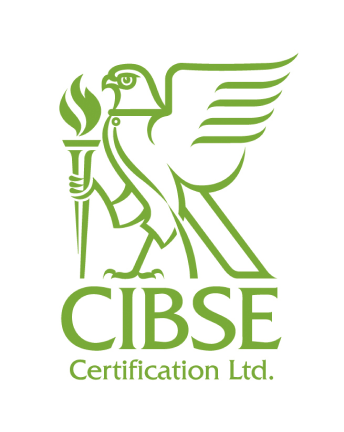Air Conditioning Inspections
CIBSE Certification certified Air Conditioning Inspectors can provide you with air conditioning inspection reports for both simple and complex systems.
CIBSE certification LCEAs are trained and certified to provide a high quality professional service, our Energy Assessors are at the forefront of the market because they hold the knowledge and practical experience to make your building more energy efficient.
You can find a CIBSE certified Air Conditioning Energy Assessor in your area by searching our register of Low Carbon Energy Assessors
When is an Air Conditioning System Inspection required?
The Energy Performance of Buildings (Certificates and Inspections) (England and Wales) Regulations 2007 require inspection of all air conditioning systems. Since January 2009 all air conditioning systems above 250 kW must be inspected, and since January 2011 those over 12 kW must also be inspected by certified air conditioning inspectors. Lodgement of air conditioning inspection reports became mandatory in April 2012.
CIBSE Certification certifies air conditioning inspectors capable of working on both simple (Level 3 Only) & complex systems (Level 3&4) - see below.
Air Conditioning Systems explained
Simple or packaged cooling systems
These are generally indoor units that contain refrigerant-to-air heat exchangers and an integral air circulation fan. They are usually described as follows:
- Unitary packaged units: with indoor and outdoor units both contained in a self-contained ‘unitary’ housing, often installed as a ‘through the wall’ unit.
- Split packaged units: a single floor, wall or ceiling mounted indoor unit connected by refrigerant pipework to a single outdoor unit.
- Multi-split packaged units: a number of floor, wall or ceiling mounted indoor units connected to a common outdoor unit by their own dedicated refrigerant pipework.
- Variable refrigerant flow (VRF) systems: a number of floor, wall or ceiling or mounted indoor units connected to a common outdoor unit by refrigerant pipework.
All of these units may be reversible, allowing operation as a heat pump. They may include electric resistance heating. These simple packaged units or systems usually include self-contained ‘on-board’ controls for temperature and may include a timer control function.
Centralised (complex) cooling systems
These systems are more extensive and complex, and are generally characterised by the use of water or air distribution systems to deliver cooling to conditioned spaces using a variety of terminal devices. They generally include more complex controls that may divide the conditioned spaces into zones where different control parameters can be applied, and that could be located remotely from the equipment, or incorporated into a building management system (BMS). Centralised systems include the following:
- Centralised air systems: cooled air is produced by a cooling heat exchanger in an air handling unit (AHU) and distributed to conditioned spaces through ductwork to grilles or diffusers, or to other terminal units, in the conditioned spaces. This category includes systems where air distributed through a centralised ducted system may also be cooled at terminal devices in the conditioned spaces.
- Centralised cooled water systems: cooled water is produced centrally and distributed to terminal devices in the conditioned spaces. Terminal units may transfer cooling to recirculated room air, to fresh air drawn locally from outdoors, or to air supplied through centralized ducted systems.
- Water loop/reversible heat pump systems: systems with individual reversible water to air heat pumps in the treated space that draw or return heat from or to a common temperature controlled water loop. Excess heat in the water loop is dissipated as necessary by a cooling tower (often a dry cooler), and heat in the loop provided by a central heat generator (fossil fuel boiler, electric flow boiler, or other central heat exchanger).
- Additional systems: some areas may be served by packaged, split and multi-split packaged comfort cooling equipment, including variable refrigerant flow (VRF) equipment, in addition to a centralized system.
Useful Air Conditioning Inspector documents
A Guide to Air Conditioning Inspections for Buildings (DCLG)
Energy Certificates and Air Conditioning Inspections for Buildings (DCLG)
TM44: Inspection of Air Conditioning Systems (available for purchase from CIBSE Bookshop)
